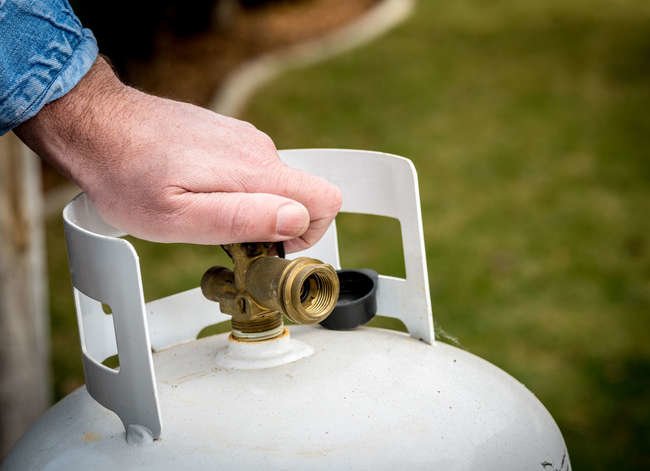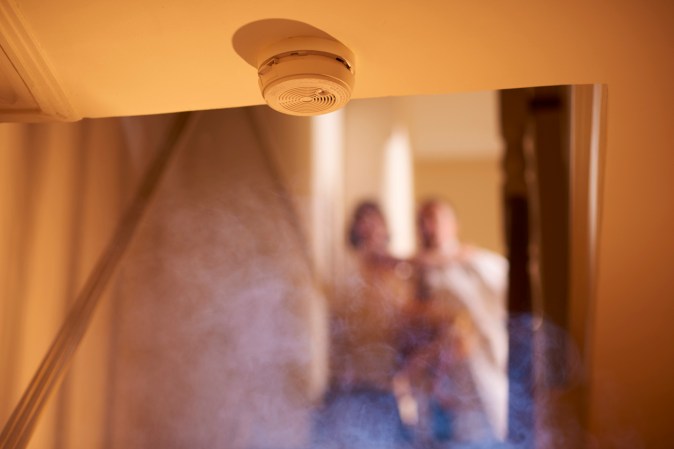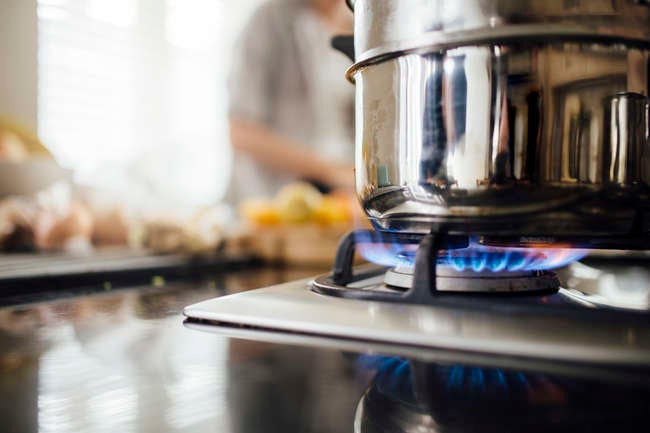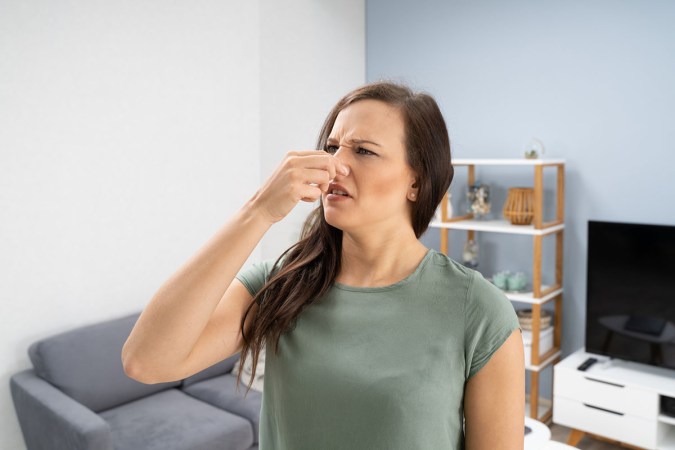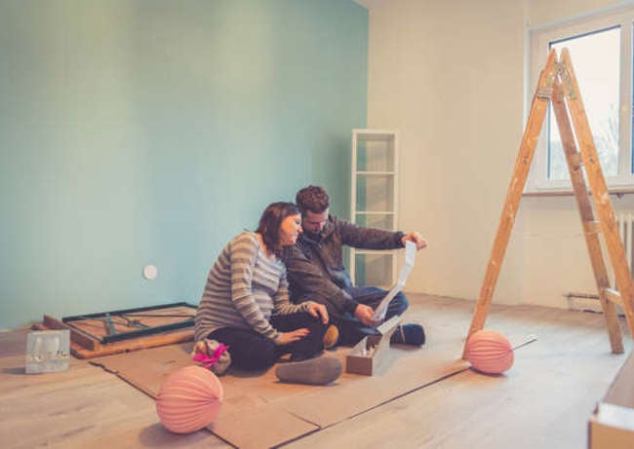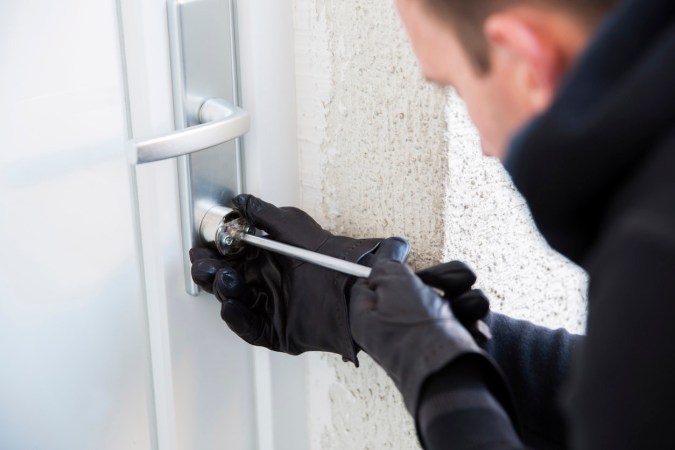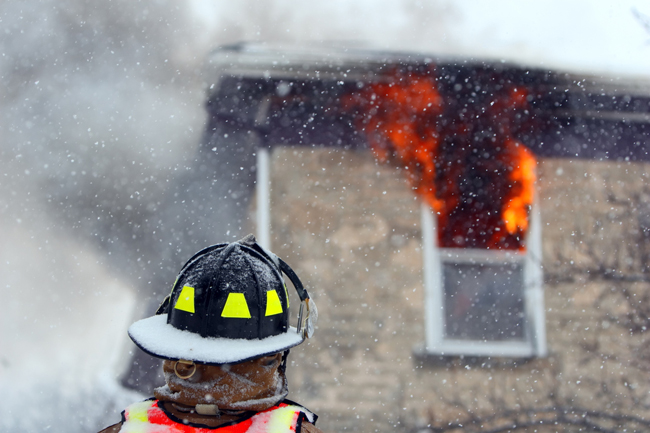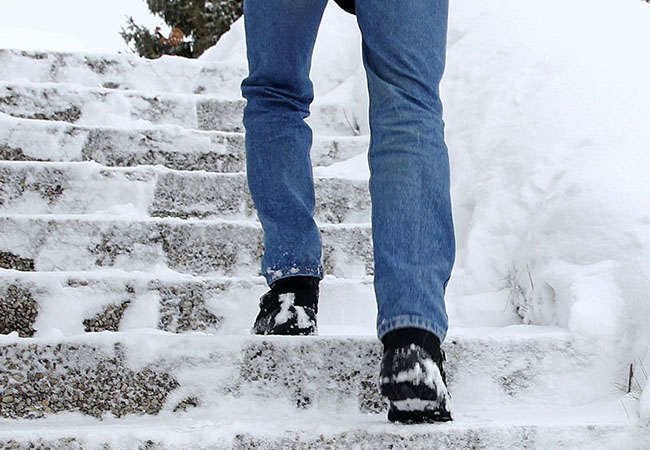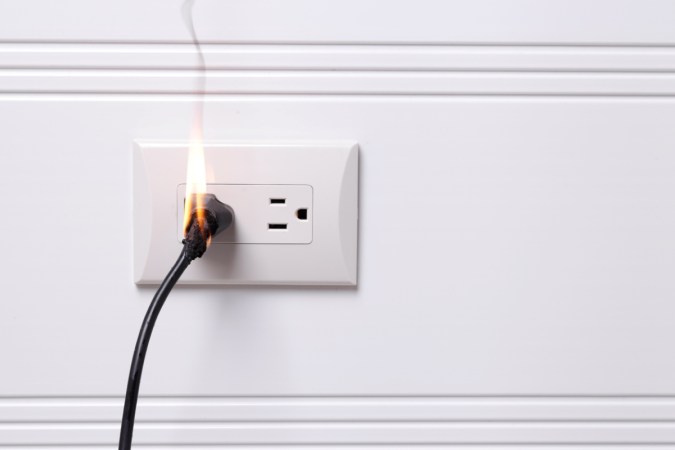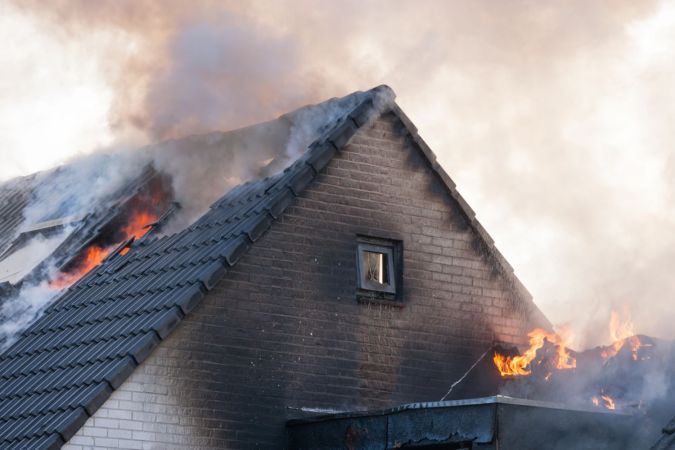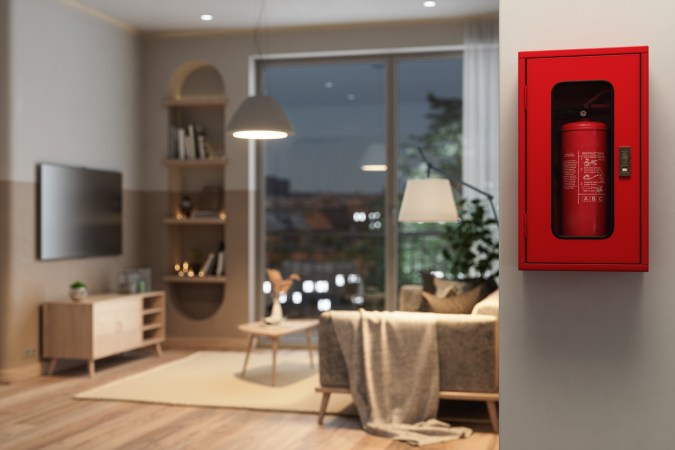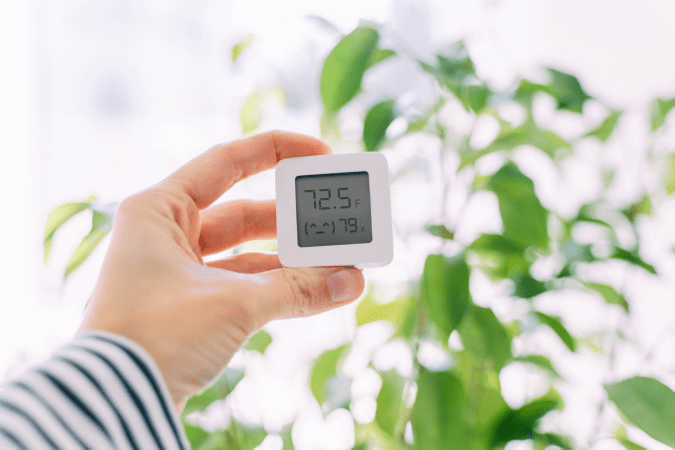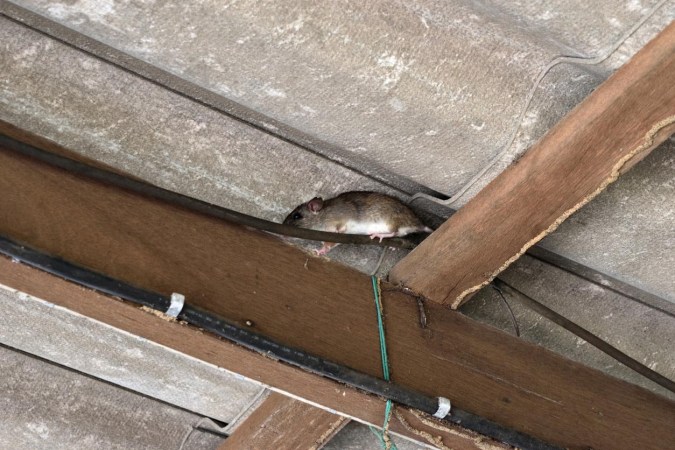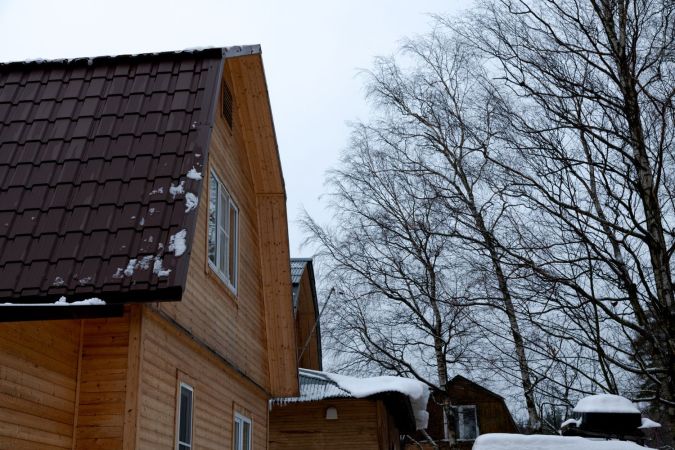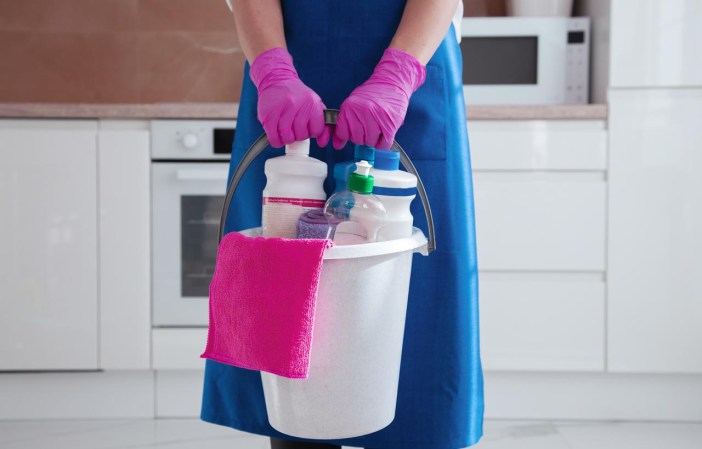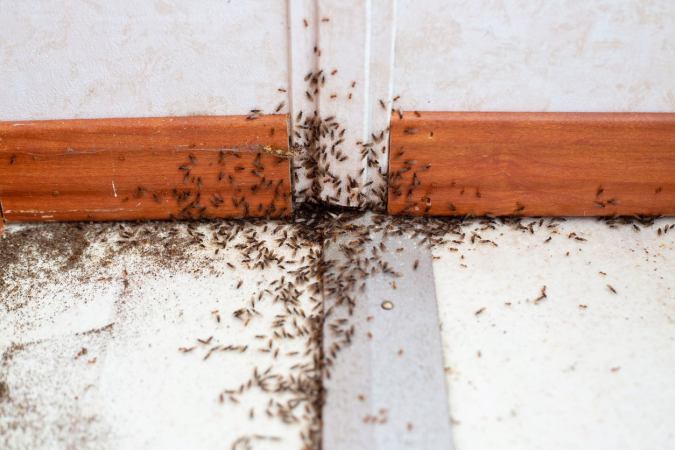We may earn revenue from the products available on this page and participate in affiliate programs. Learn More ›
Cooking
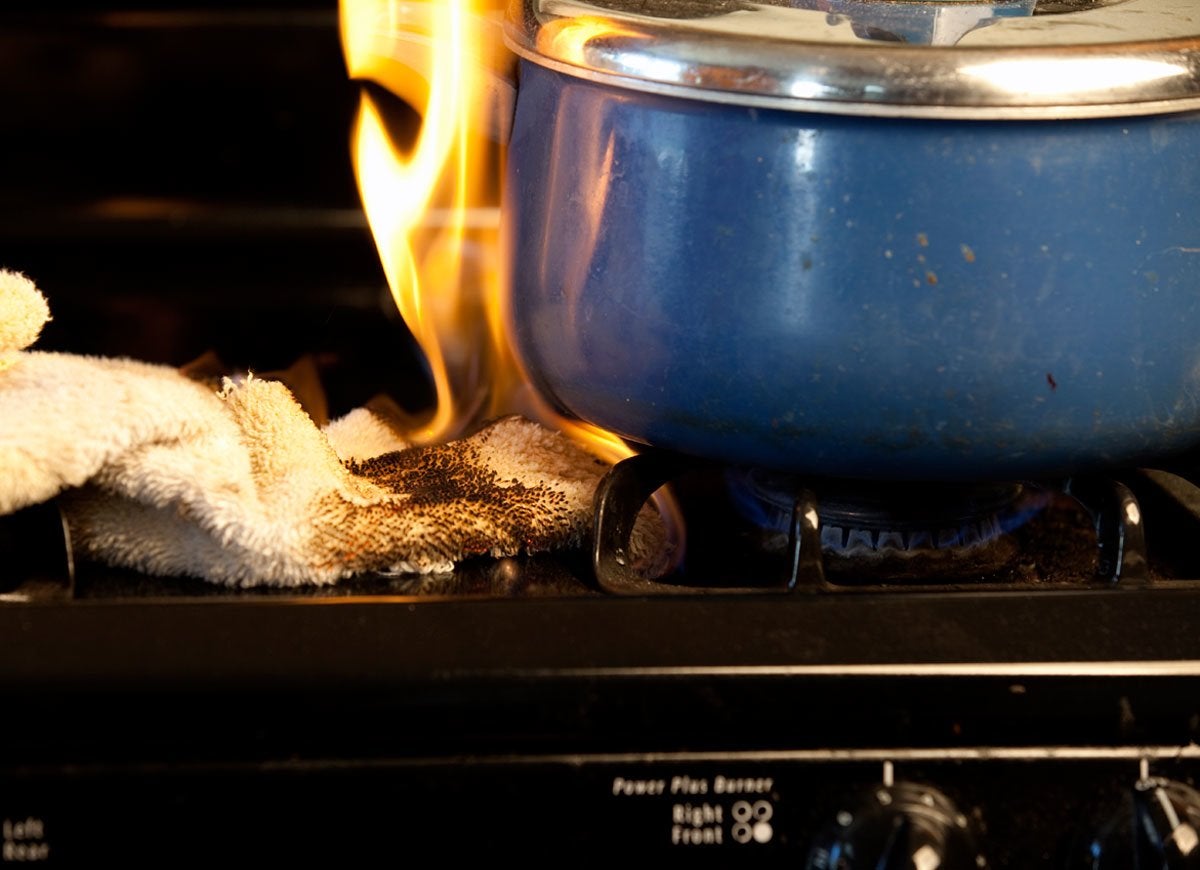
Most kitchens contain several potential fire hazards, including appliances with faulty or frayed wiring, unattended pots and pans, and too-hot cooking oil to name just a few. According to the National Fire Protection Association, cooking equipment was the leading cause of home fires and home fire injuries between 2010 and 2014, so it’s worth paying special attention to this high-risk space. Always stay in the kitchen when you are frying, grilling, or broiling food. If you leave the kitchen—even for a brief period of time—turn off the stove. Wear short, close-fitting, or tightly rolled sleeves when cooking, and don’t prepare food if you are sleepy, have been drinking alcohol, or have taken medicine that makes you drowsy. Finally, always keep children away from active cooking areas.
Smoking
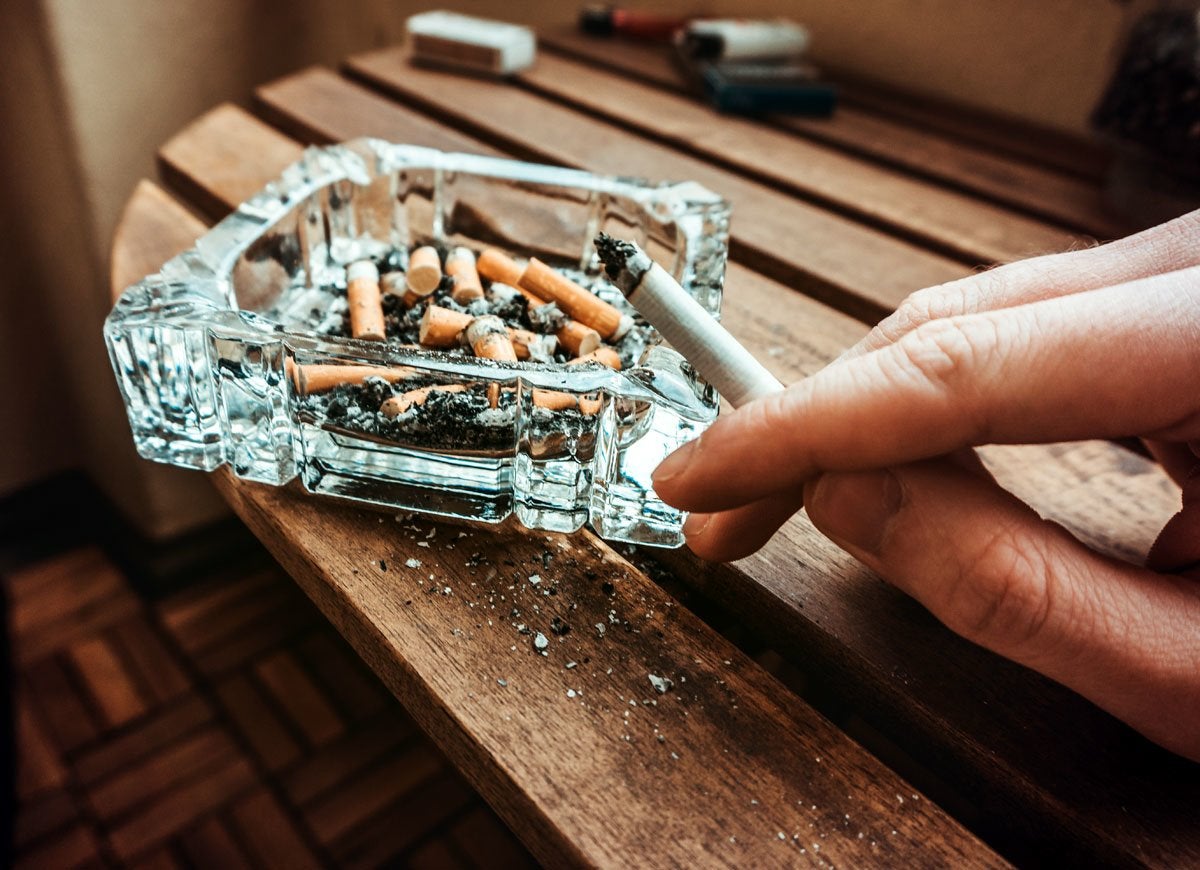
According to the National Fire Protection Association, smoking is the leading cause of home fire deaths in America. Most smoking-related fires start inside the home, often originating from upholstered furniture, bedding, or mattresses. Always smoke outside, thoroughly extinguishing cigarettes in an ashtray when finished. Soak cigarette butts in water before tossing them—never just toss a butt into a trash can! Also, smoking should never be allowed in any home where medical oxygen is in use, because of its explosive properties.
Heating
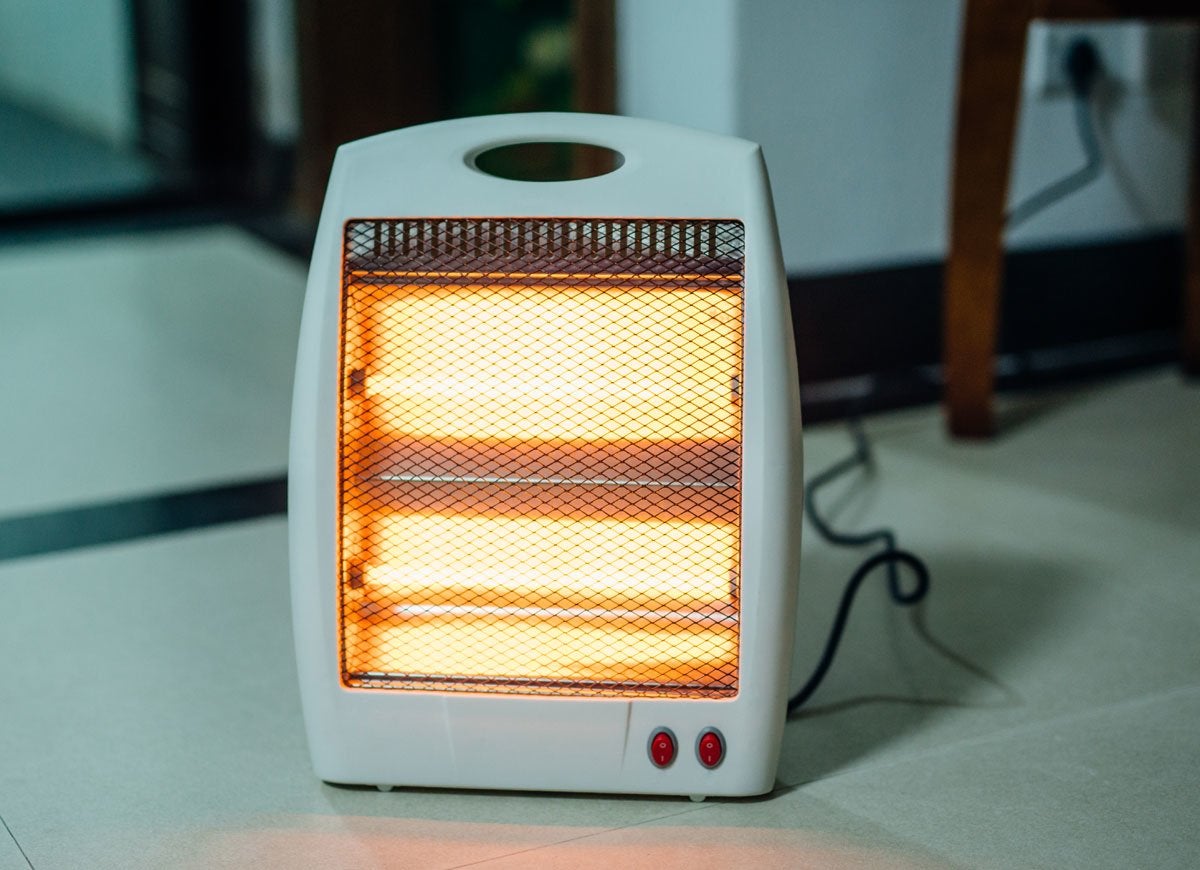
Not surprisingly, December, January, and February are the peak months for fires caused by home heating equipment. The main culprit? Portable space heaters, which cause more fires annually than central heating. Use space heaters only in well-ventilated spaces, and keep them at least three feet away from furniture, fabrics, draperies, and other combustible objects. Be sure that heaters have a properly working thermostat control, and look for models with an automatic shut-off feature. Although central heating isn’t as big a contributor to home fires, it’s still smart to have your system checked and maintained on an annual basis to ensure proper operation.
Fireplaces and Wood Stoves
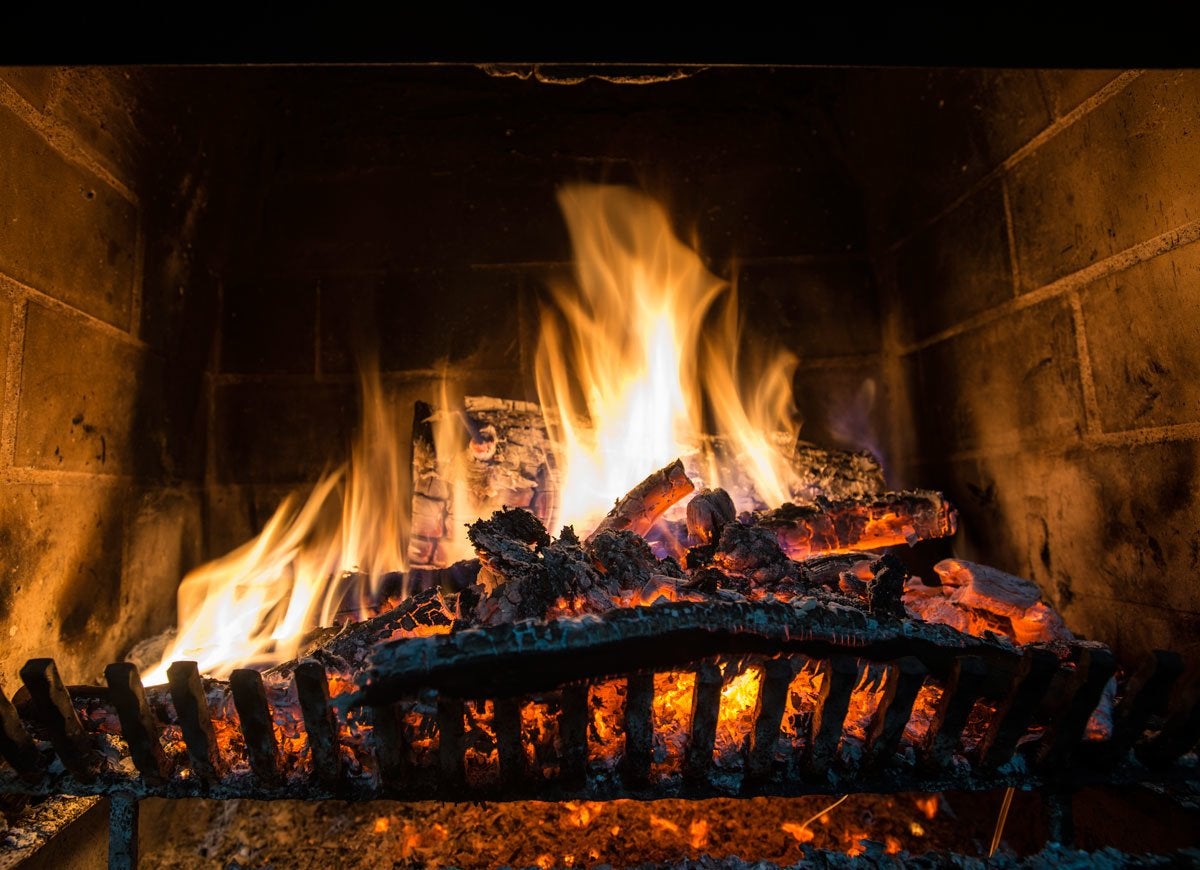
Fireplaces and wood stoves are another leading cause of home fires. To prevent an accident, install a spark screen or glass door in front of the firebox to protect the surrounding area from stray sparks and rolled logs. Check chimneys annually to ensure that creosote hasn’t built up, and never leave a fire unattended. Periodically move cooled ashes to a covered metal container.
Appliance Cords
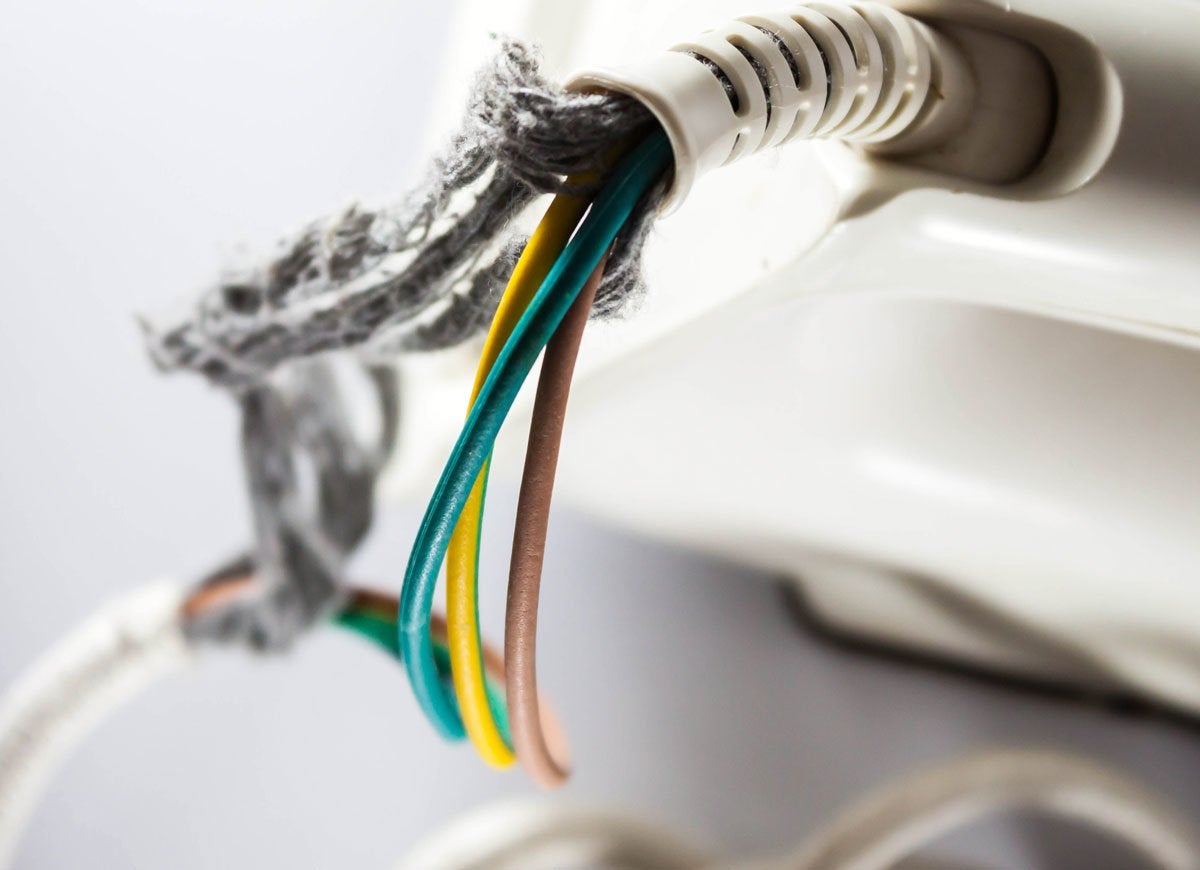
Because frayed or faulty wires can trigger a fire, it’s important to follow safe practices with your appliance cords. Replace all worn or damaged cords right away, never overload extension cords or wall sockets, and don’t position cords under furniture or rugs. Also, don’t try forcing a three-slot plug to fit into a two-slot outlet. If a light switch or electrical outlet is hot to the touch or discolored, shut off the power to the switch or socket and replace it.
Candles
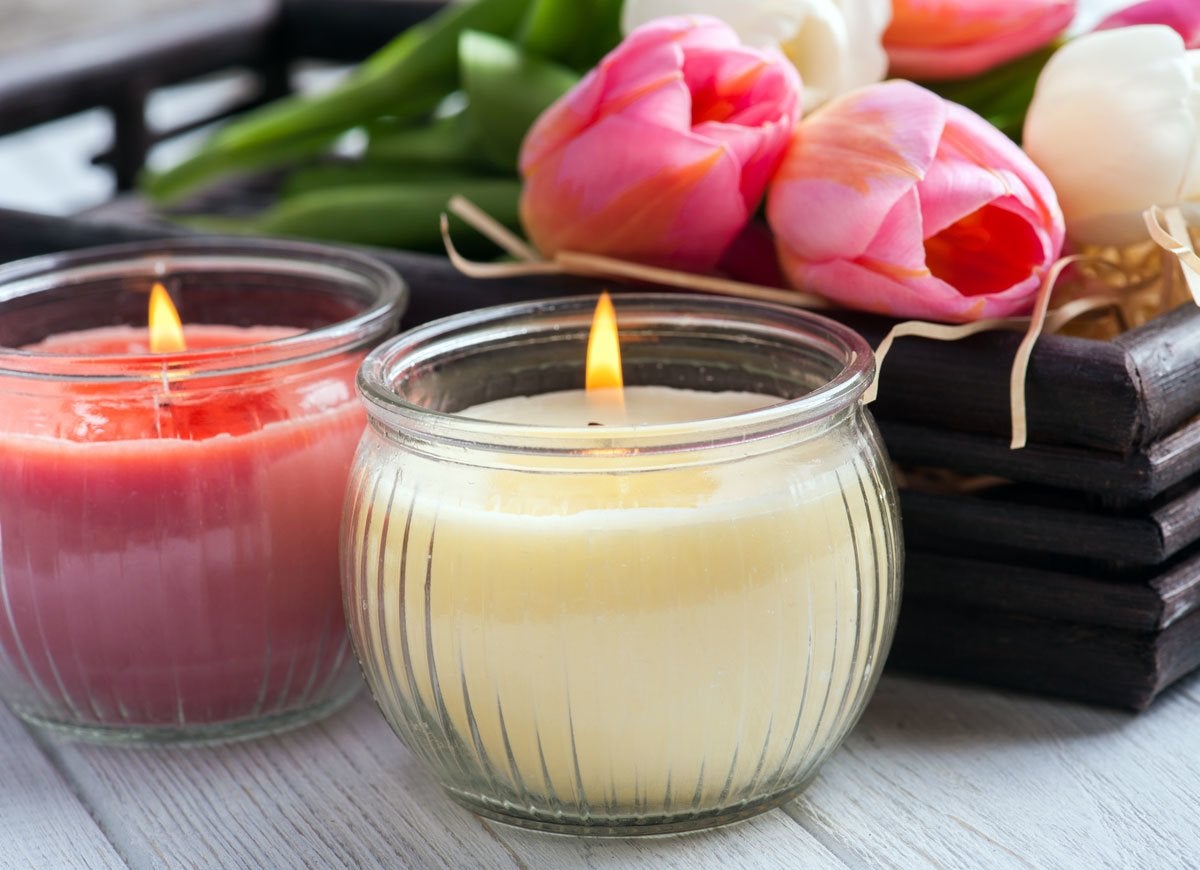
Candles bring ambience and fragrance to your home, but they’re also a major source of house fires. Prevent catastrophe by monitoring lit candles and blowing out the flame whenever you leave the immediate area. Never position a lit candle near flammable items like bedsheets and books, which may become engulfed in flame if they come in contact with the tiny fire. As a safer alternative, homeowners can purchase flameless, battery-powered candles with LEDs.
Flammable Liquids
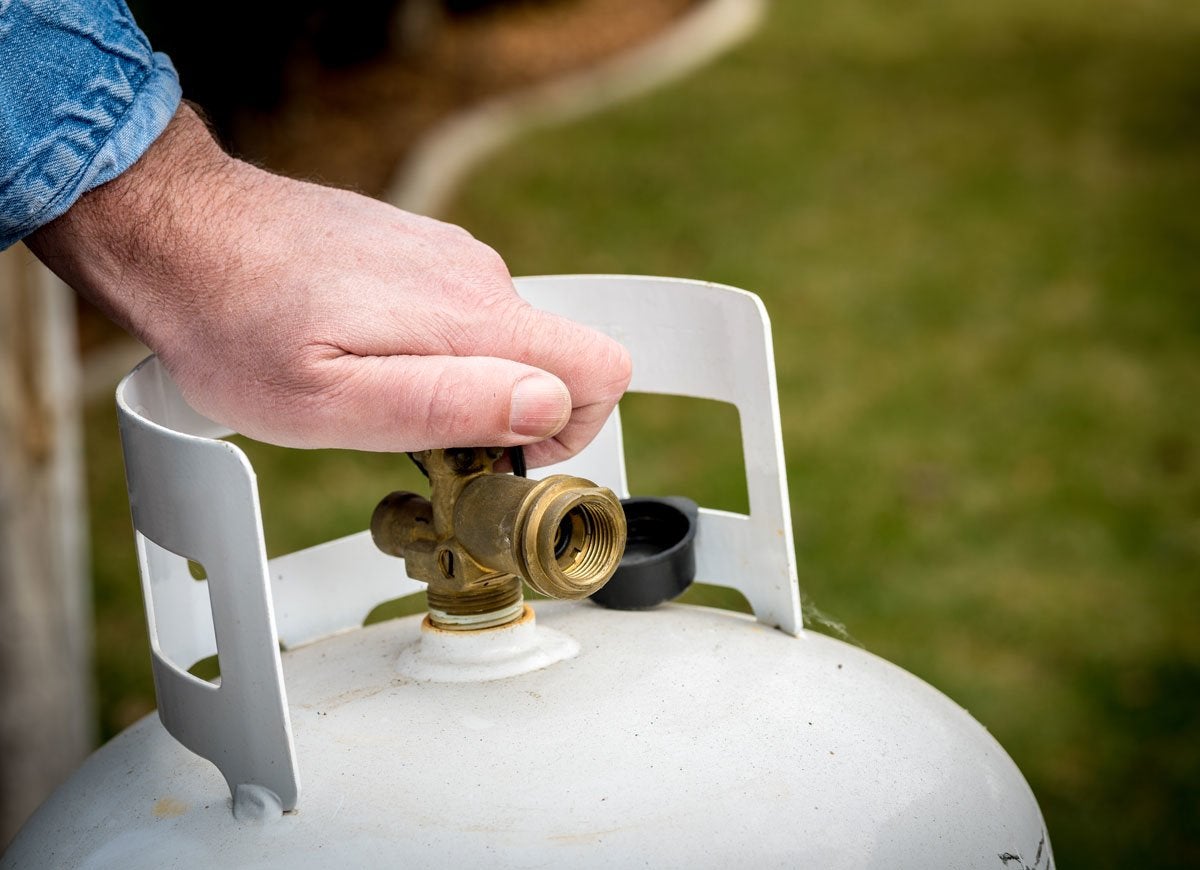
Flammable liquids, such as gasoline, kerosene, and propane, should be safely stored outside in their original containers. When packing away lawn equipment for the season, empty the gasoline tank and properly dispose of the fuel. Kerosene and propane heaters, which have a constant open flame, should be kept in an isolated, well-ventilated area and used only with the proper type of fuel. Never overfill a heater, and clean up any spills right away.
Grills and Fire Pits
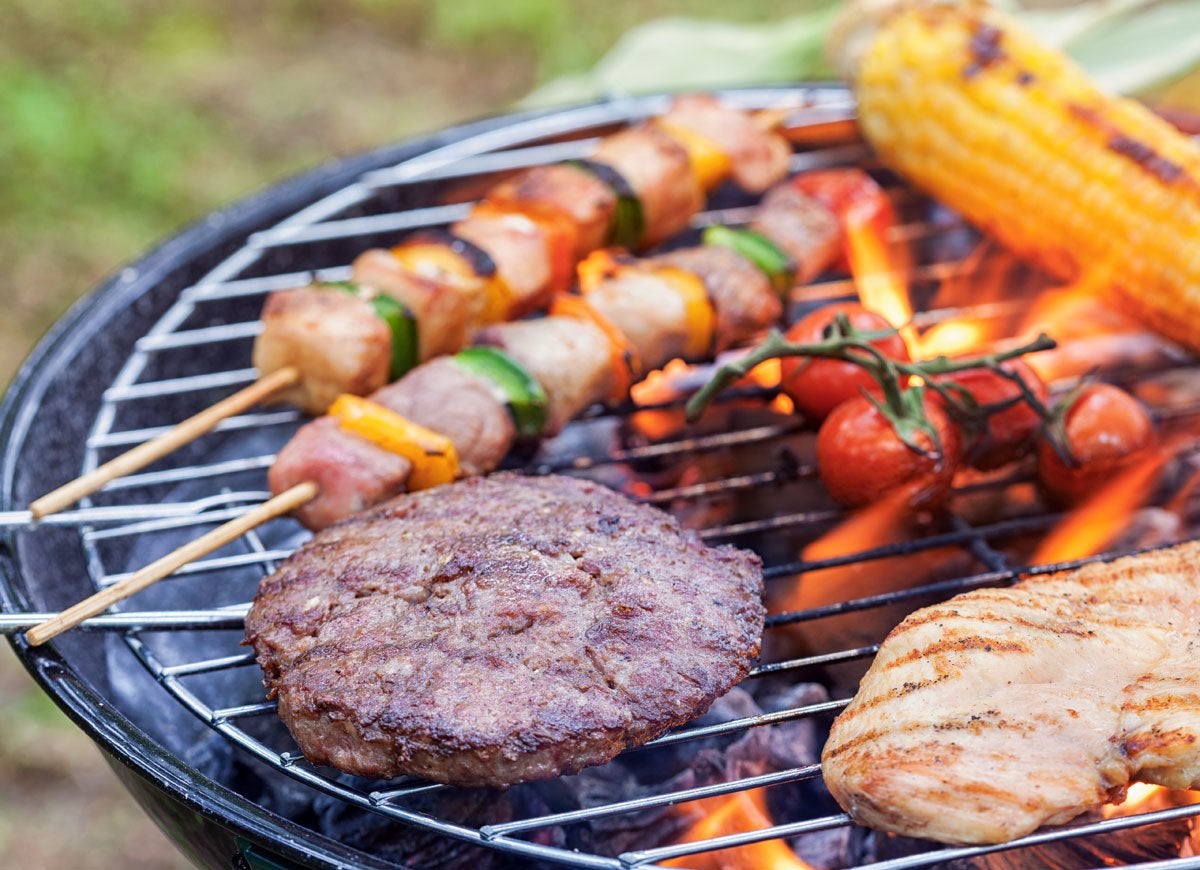
Nothing beats a backyard barbecue, but if you don’t follow the proper safety protocols, you may find yourself facing a backyard fire instead. When cooking outside, position your grill or fire pit several feet from your house, making sure that it’s safely away from trees, deck railings, and other structures. Also, routinely clean the grill with soapy water, investigate signs of rust and corrosion, and check the gas connections. Always have a fire extinguisher nearby whenever you’re dealing with open flames outdoors.
Related: The Top 8 Ways to Hack Your Grill
Lamps and Lighting
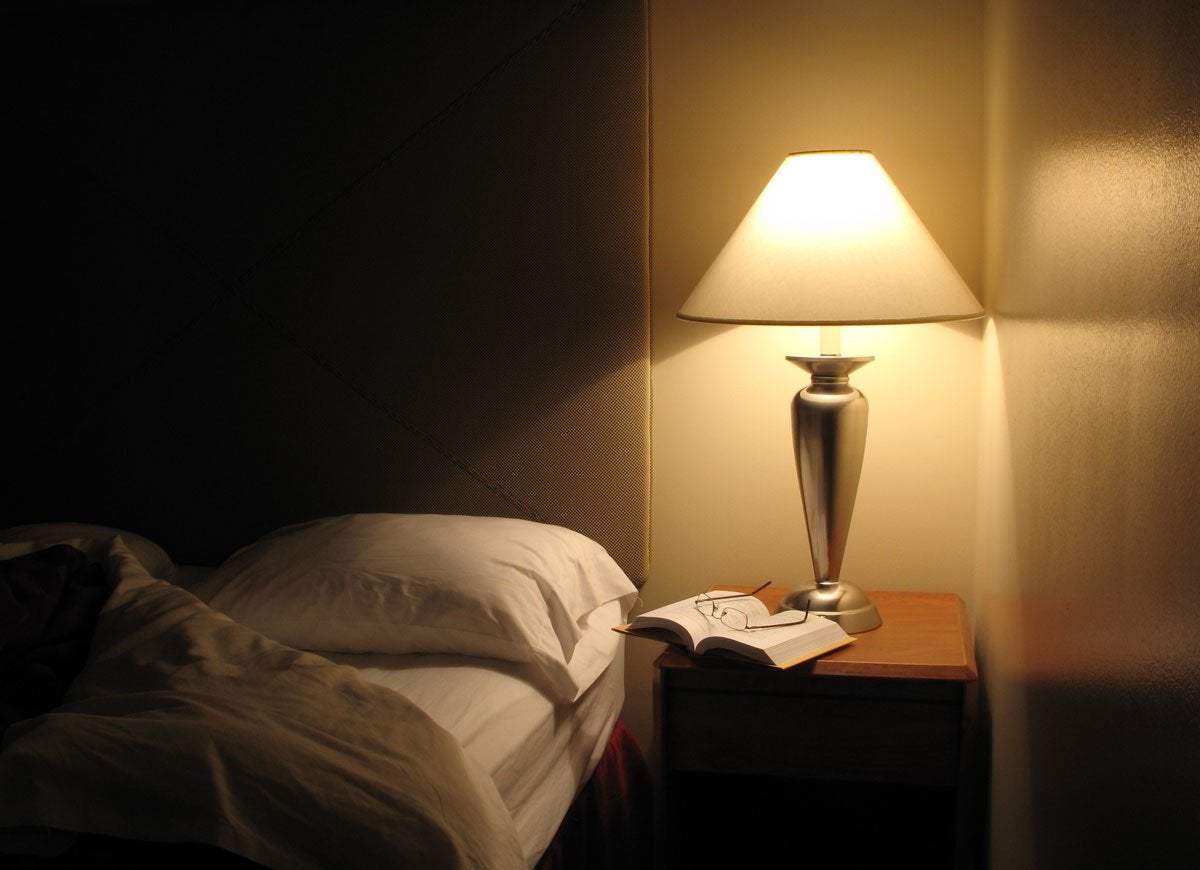
Many electrical fires stem from poorly installed light fixtures and lamps. Make sure that hanging lights are insulated from wood paneling or ceiling joists and that portable lamps are positioned on a sturdy base that can’t easily be knocked over. Use bulbs with the correct wattage (never over the maximum limit), and opt for well-fitting lampshades. For added safety, consider switching to LED bulbs, which produce less heat than incandescent or halogen varieties.
Faulty Wiring
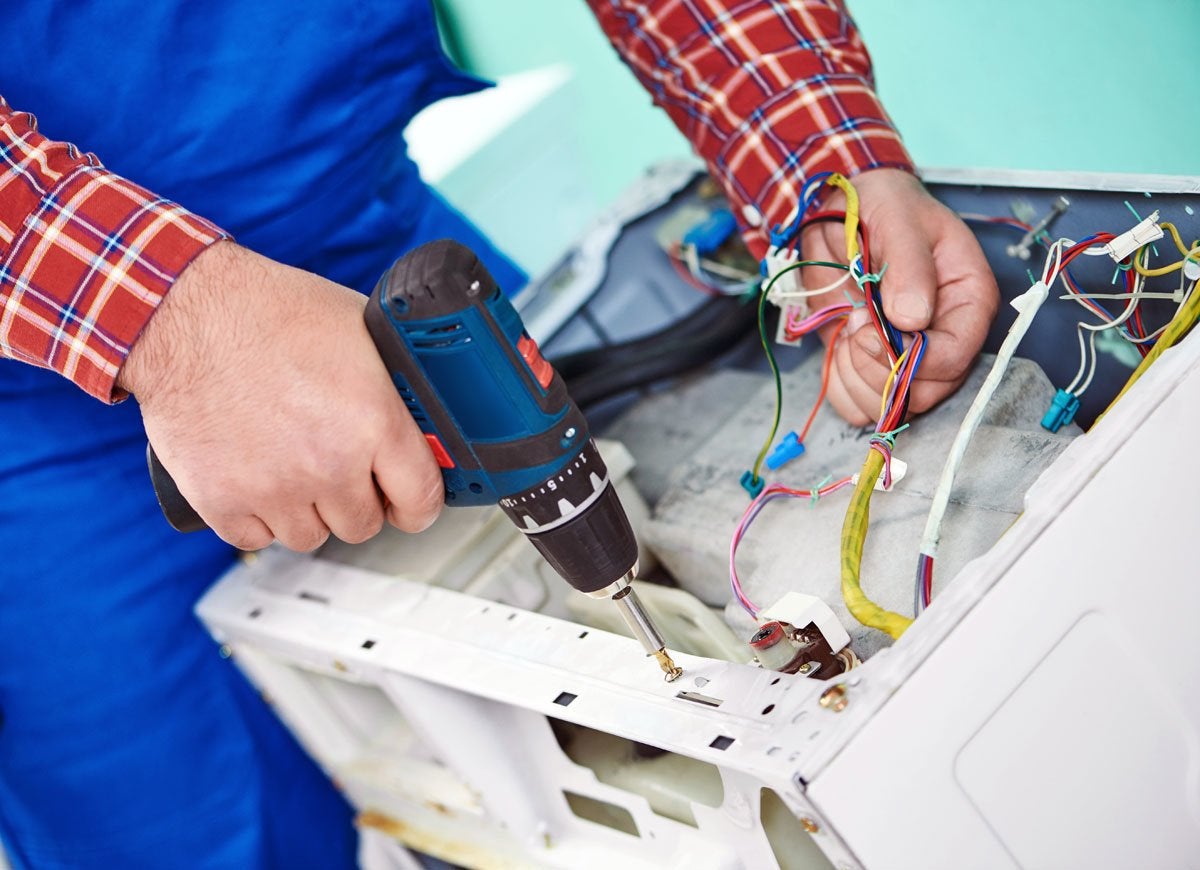
Older homes often have inadequate electrical wiring, making them prone to electrical fires. Your home’s wiring may be faulty if you’re constantly blowing fuses or tripping circuit breakers, your lights dim when using an appliance, or you have to disconnect one appliance to get another to function. If these symptoms sound familiar, hire a licensed electrician to inspect your home and make any necessary repairs.
Inquisitive Children
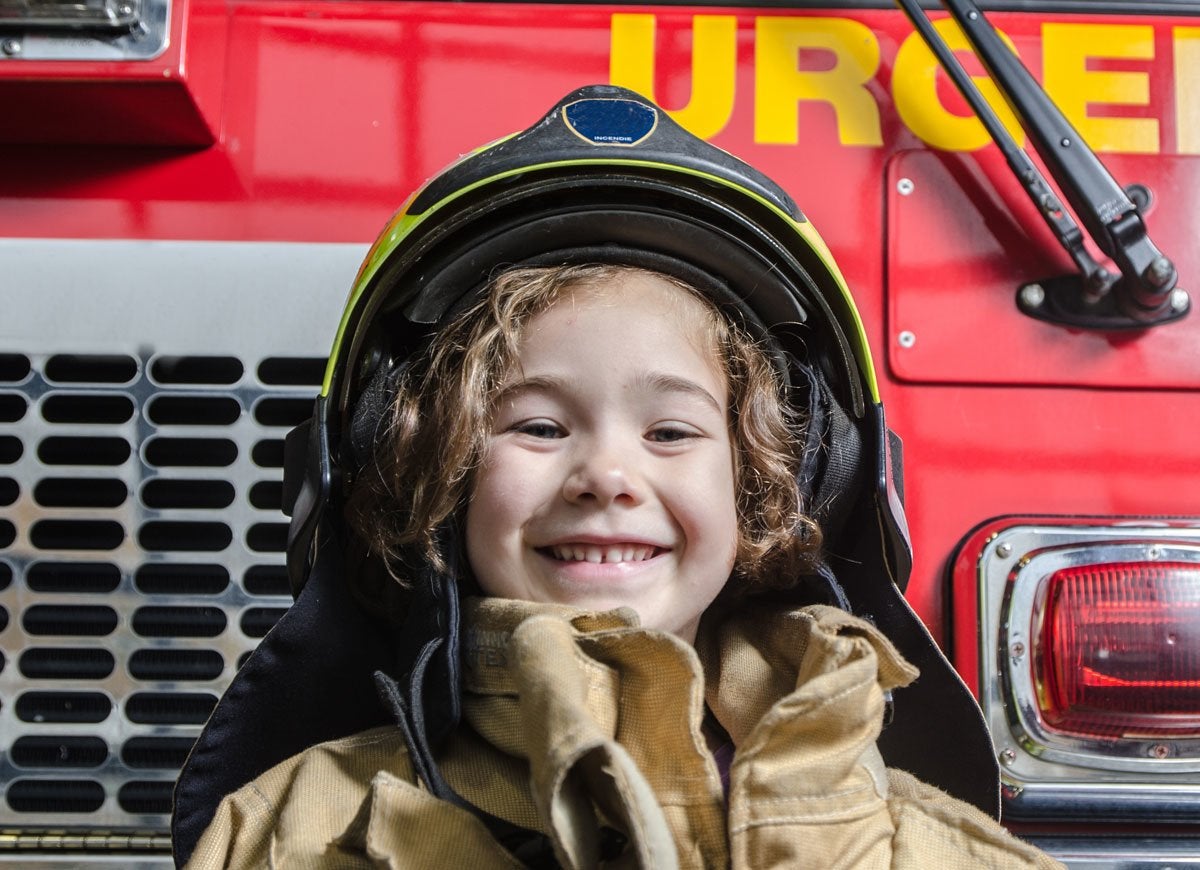
Give a curious child a match and disaster is bound to happen. To stop children from playing with flame and unintentionally starting a fire, lock away matches and lighters. Teach kids that fire isn’t a toy, and never leave any young person unattended with stoves, candles, fireplaces, or other flame-producing objects.

